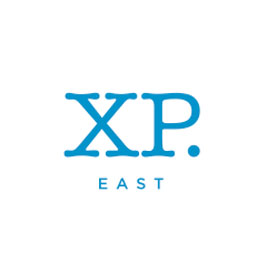I have been immensely impressed with my crew’s contribution to our school’s community during the week running up to the Easter bank holiday, considering lots of their friends and family are off! Here’s a snapshot of what’s gone on in crew over that period:
Abi brought in a phenomenal model of our solar system in to show us, that links in really nicely with the STEAM expedition, Escape Earth. Her craftsmanship and quality really blew me away, it’s great to see her going above and beyond to set an example of what a 4.0+ (in the excellence category) looks like! As part of our academic crew session and assessment prep for maths, we did a Kahoot competition, where quickfire questions were presented to crew as a race against the clock. They clearly knew their stuff, and I’d like to congratulate Jess for coming first in both rounds! On Thursday, we enjoyed a table tennis tournament with Crew Mandela. It was lovely to get appreciations from members of their crew at the end of the session on how respectful Crew Turing had been throughout.
I was also treated to many a culinary delights from numerous members of my crew, with Torran and Junia’s blueberry pancakes being very memorable.
The final activity we participated in as a crew before breaking up for almost a week off was an individual breakdown of their personal data. We spent a lot of time last week looking at our stats as a crew, but I thought it would be more meaningful if we assessed our progress against our HOWLs data from November to see if there had been gains or losses, and explore why that might be:

I gave them the following criteria for them to colour code their HOWLs, on whether they had gone up/down.
HOWL Progress Colour Codes:
- – 1.0 or more = red
- – 0.9 to – 0.5 = orange
- – 0.4 to – 0.1 = yellow
- stayed the same = no colour
- + 0.1 to 0.4 = green
- + 0.5 to 0.9 = blue
- + 1.0 or above = purple
These codes match the criteria of how we colour code our spreadsheets and the charts we keep up across the school, to make it meaningful to my crew. We did this as a silent solo activity, some students noticed patterns and were able to decipher why their ‘work hard’ might have gone down ever so slightly, be it, they were contributing less in class, or maybe hadn’t been as diligent with their homework. There was also a lot of positives to take away from their stats too, such as Dylan’s, who had made huge progress in HUMAN after improving his productivity and concentration in session!
Each member of my crew annotated their thoughts on why they had been awarded the HoWLs they had received, while I floated around to discuss their progress individually. I was amazed to hear their thoughts about their learning and character development, and thought that we should seize this opportunity to set some further targets based on our findings.

I’ve left them with the task of over these next three days we have in crew, to set individualised targets which I will publish with next week’s blog post based on their data. Not only were they left with that to think about for extended study, they have also been sent home with these gorgeous easter bunnies that were kindly given to each member of crew by Torran, which he had handmade – what a great way to end the week!
















